
Andrew Strom is a union lawyer based in New York City. He is also an adjunct professor at Brooklyn Law School.
In Starbucks v. McKinney, the Supreme Court issued an 8-1 ruling that didn’t give employers a total victory, and thus left worker advocates breathing a sigh of relief. Yet, as Justice Jackson pointed out, the opinion was at odds with decades of settled precedent and aggrandized power for the courts at the expense of the expert agency that Congress created to adjudicate labor disputes. If this all sounds familiar, it’s because the Court did the exact same thing one year ago in Glacier Northwest, Inc. v. Int’l. Bhd. of Teamsters Local Union No. 174.
The issue in this case was what standard district courts should apply when the National Labor Relations Board seeks a preliminary injunction. Starbucks asked the Court to take the case to resolve a split in the lower courts – some circuits applied a two-part test, while others applied the traditional four part test for issuing preliminary injunctions. The four part test requires a moving party to show (1) likelihood of success on the merits; (2) probability of irreparable harm in the absence of preliminary relief; (3) the balance of equities is in its favor; and (4) the injunction is in the public interest. The Solicitor General had argued that the difference between the two-part test and the four-part test was largely semantic. The Solicitor General essentially conceded that courts ought to consider all four factors, so the dispute was about how to apply those factors in this context. The two sides focused on the first two elements of the test – likelihood of success and probability of irreparable harm.
The Court’s opinion focused solely on the likelihood of success element of the test, and to the extent it did not address the other three factors, the labor movement is breathing a collective sigh of relief. The Court might have, for example, followed the Fifth Circuit’s lead and held that preliminary injunctions should be reserved only for the most egregious cases of employer wrongdoing. The Court likewise did not address the showing the Board must make to establish a probability of irreparable harm. Starbucks wanted the Court to hold that impairment of the Board’s remedial authority is not irreparable harm, but the Court chose to leave settled law alone on that question.
But, while the opinion definitely could have been worse, that doesn’t mean it wasn’t bad. Overruling decades of Court of Appeals decisions across the country, the Court held that there is no reason for courts to be any less exacting in deciding whether the Board establishes a likelihood of success on the merits than a court would be in any other case. Prior to this decision, even Circuits that applied the four-part test that Starbucks was advocating for agreed that district courts shouldn’t conduct a full-blown merits inquiry. For instance, the Seventh Circuit had held that instead of passing on the merits of the underlying case, a district court should only make a preliminary evaluation of the probability that the Board will find the complaint meritorious. The reason for this is that unlike an ordinary request for a preliminary injunction where the district court retains jurisdiction to make the final disposition of the case, in these cases, it is the Board itself that Congress gave jurisdiction to decide whether particular conduct is an unfair labor practice. When the Board seeks a preliminary injunction, it is acting to preserve that jurisdiction by ensuring that the inherent delay in the multi-layered administrative proceeding will not make its remedy less effective. Justice Jackson understood this, and explained that the Board’s application for a preliminary injunction “does not present the district court with an opportunity to wade into the midst of an ongoing labor dispute (over which it otherwise has no say) and offer its own take about how the merits should be decided.” But, instead of recognizing the central role that Congress carved out for the NLRB in adjudicating labor disputes, and the very limited role that Congress granted the district courts, the Court majority treated the Board as just another litigant. The majority declared that district courts owe no deference to the Board in these cases because the arguments the Board makes to the district courts are “nothing more than an agency’s convenient litigating position.”
It will take time before we know the full impact of this ruling, but it will undoubtedly make the Board’s General Counsel even more cautious about seeking preliminary injunctions. And despite her reputation for aggressive enforcement of the Act, General Counsel Jennifer Abruzzo only sought 14 preliminary injunctions last year. Since this ruling seems to invite district courts to conduct full-blown mini-trials, I predict that the Board’s lawyers will routinely wait until after the completion of the Administrative Law Judge hearing before seeking a preliminary injunction. This will mean that it will typically take a year from the time an employer fires union supporters until the Board asks the court to temporarily reinstate them.
The Court’s ruling also seems likely, if not certain, to embolden employers to engage in aggressive litigation tactics at the district courts, like the ones Starbucks itself has used. In a case in Buffalo, Starbucks convinced a Trump appointed judge to allow extensive discovery into union activity by workers even though it’s ordinarily an unfair labor practice for an employer to spy on union gatherings or interrogate workers about attendance at union meetings. The Second Circuit vacated the district court’s ruling, finding that it did not adequately consider the extent to which the documents sought by Starbucks were protected by federal labor law. I’m sure that employer-friendly judges will view the Court’s opinion as an excuse to allow the type of intrusive discovery that Starbucks sought, and even if those decisions are overruled on appeal, the effect will be to further delay any preliminary injunction.
The bottom line is that when employers engage in illegal union busting, workers need the Board and the courts to act quickly to undo the illegal acts. The Court’s ruling will make that far less likely to happen.
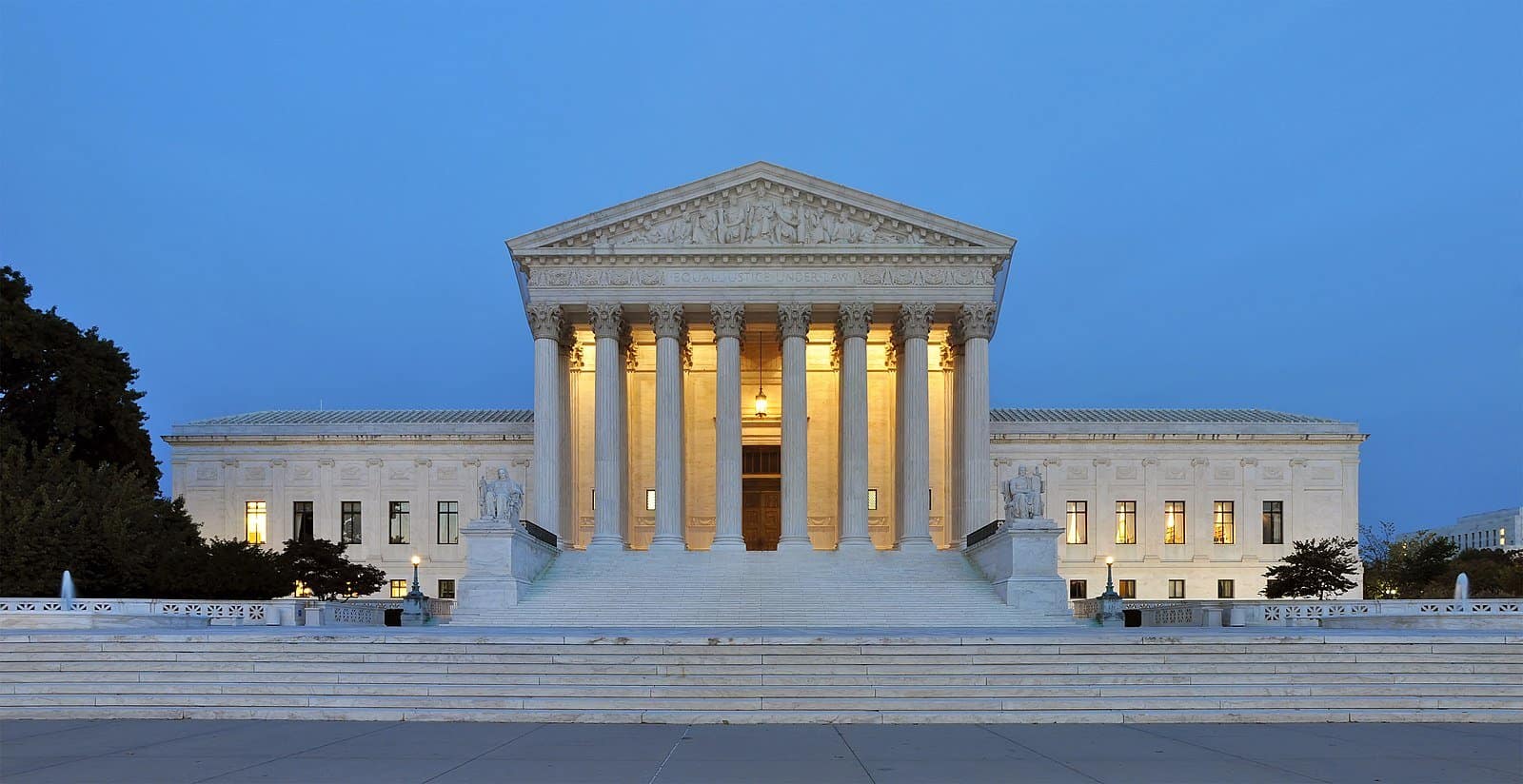

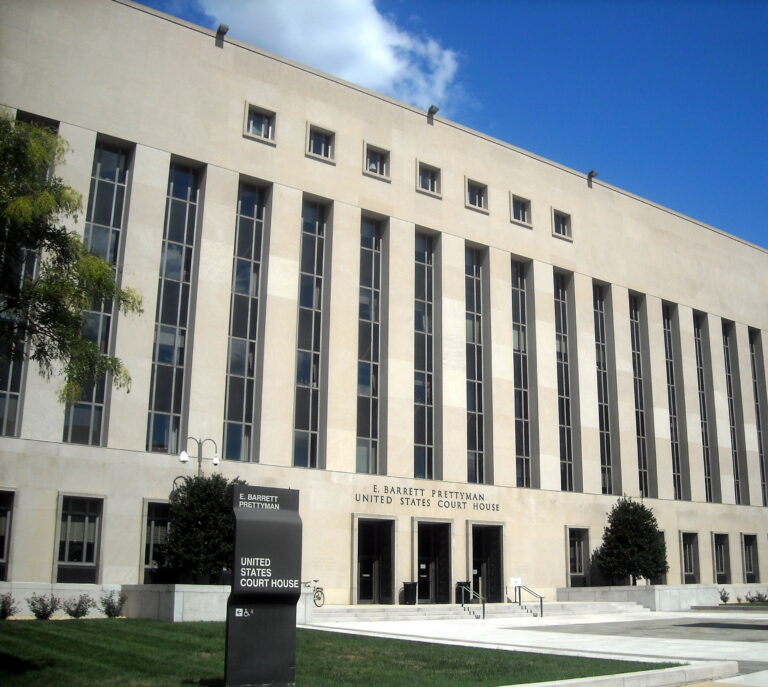
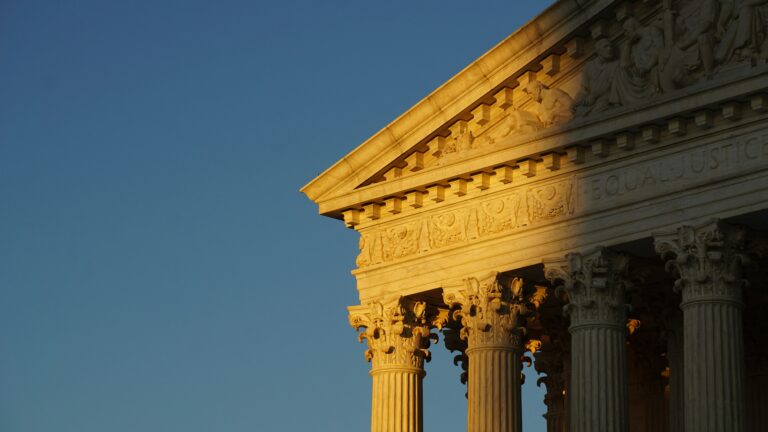
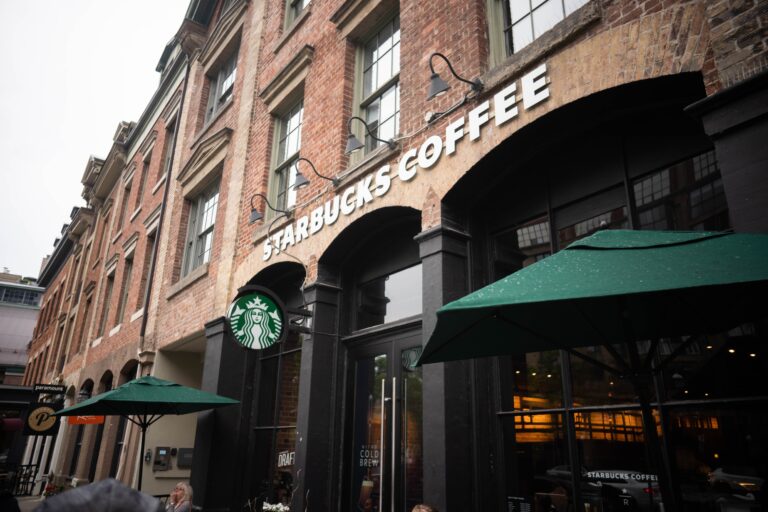
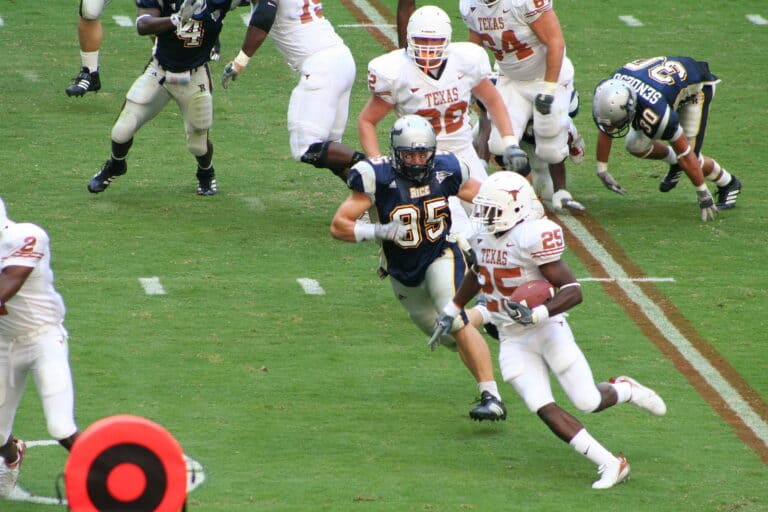

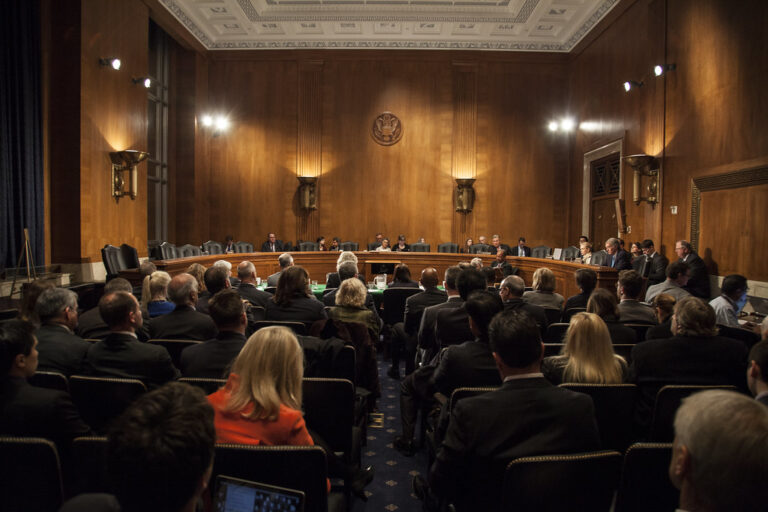
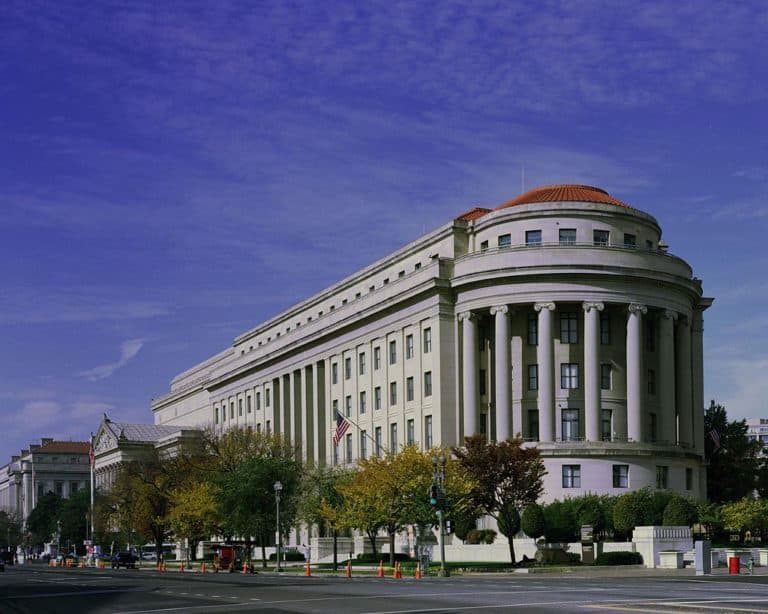
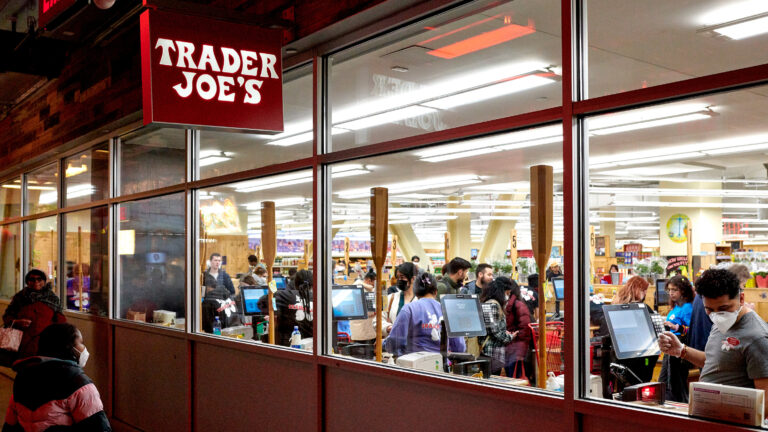
Daily News & Commentary
Start your day with our roundup of the latest labor developments. See all
November 21
The “Big Three” record labels make a deal with an AI music streaming startup; 30 stores join the now week-old Starbucks Workers United strike; and the Mine Safety and Health Administration draws scrutiny over a recent worker death.
November 20
Law professors file brief in Slaughter; New York appeals court hears arguments about blog post firing; Senate committee delays consideration of NLRB nominee.
November 19
A federal judge blocks the Trump administration’s efforts to cancel the collective bargaining rights of workers at the U.S. Agency for Global Media; Representative Jared Golden secures 218 signatures for a bill that would repeal a Trump administration executive order stripping federal workers of their collective bargaining rights; and Dallas residents sue the City of Dallas in hopes of declaring hundreds of ordinances that ban bias against LGBTQ+ individuals void.
November 18
A federal judge pressed DOJ lawyers to define “illegal” DEI programs; Peco Foods prevails in ERISA challenge over 401(k) forfeitures; D.C. court restores collective bargaining rights for Voice of America workers; Rep. Jared Golden secures House vote on restoring federal workers' union rights.
November 17
Justices receive petition to resolve FLSA circuit split, vaccine religious discrimination plaintiffs lose ground, and NJ sues Amazon over misclassification.
November 16
Boeing workers in St. Louis end a 102-day strike, unionized Starbucks baristas launch a new strike, and Illinois seeks to expand protections for immigrant workers